- My child screams hysterically
- My child is mean to other children
- My child is always worried
- My child is scared to go to school
- My child is scared of loud noises
- My child doesn’t know how to read
- My child is scared to play outside
- My child does not respond to his name
- My child always gets in trouble
- My child fights with other children
- My child doesn’t know how to count
If you are concerned about your child’s development, contact OrbRom Center for Assessments: Phone/Telegram: 077.455.993 – Telegram Link: https://t.me/OrbRom
If you are concerned about your child’s development, contact OrbRom Center for Assessments. Phone/Telegram: 077.455.993 Link: https://t.me/OrbRom
According to the Oxford Dictionary, Dyslexia is a disorder in which a child experiences difficulty in reading, interpreting words, letters and symbols. In other words, it is a language-based or a learning disorder that usually covers four main areas. Those are: reading, writing, spelling and Mathematics.


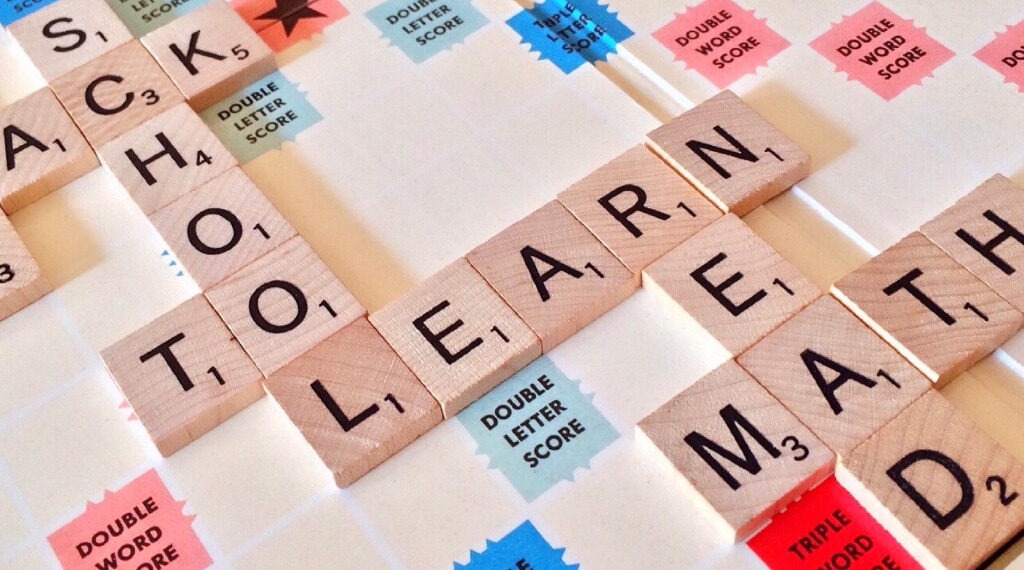
If such disorders really exist, how do we distinguish if the child is dyslexic or just being lazy? Is it just an excuse the kids use to get away with the school work?
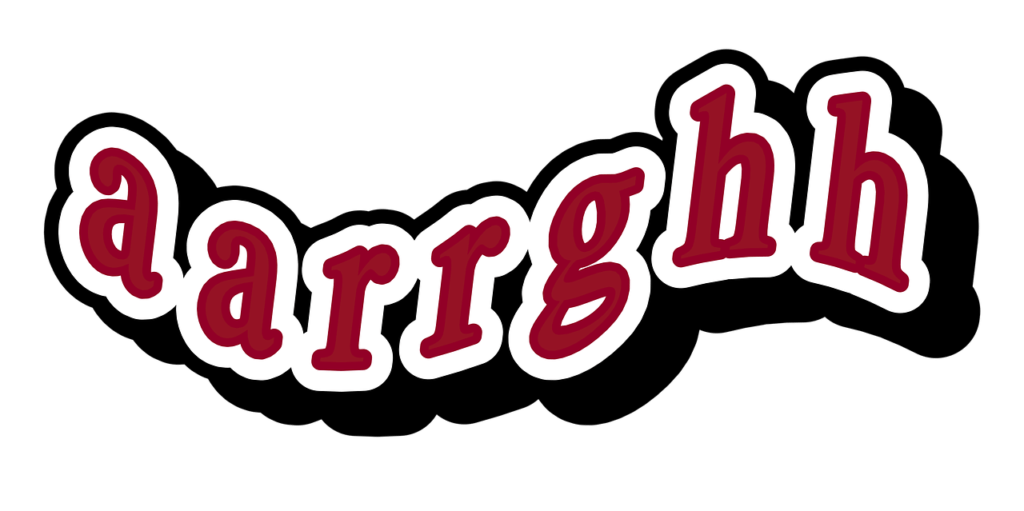
It may seem like a paradox but as stated in FRIDAY MAGAZINE, no child should be considered as lazy. When the child struggle in school it means they really put a good fight in terms of adjusting their learning style to the traditional teaching methods. Think of it this way, most children are born very differently and, therefore, they require different learning needs and supports. For example, with dyslexic children, they struggle when it comes to words or letters as their brain does not connect the sounds to the symbols. So, usually what they see is lines and lines of irregular curves while what we see is letters, symbols and numbers, etc. Due to this factor, dyslexic children usually face a lot of challenges at school such as taking a long time to remember or comprehend individual sounds in words.
So, what can we do to better support dyslexic children?
The root problem is they cannot recognize sounds with symbols and one way we can help them is to introduce a Kinesthetic learning style. From my personal experience, I use the air writing strategy also known as a kinesthetic teaching method to help one of my dyslexic students develop the skills by associating letters with sounds through visualization. Not only does this technique help the child to recognize the letter formations but also it gives her the opportunity to identify the sounds that connect with the letters through movement and motion.
- My child screams hysterically
- My child is mean to other children
- My child is always worried
- My child is scared to go to school
- My child is scared of loud noises
- My child doesn’t know how to read
- My child is scared to play outside
- My child does not respond to his name
- My child always gets in trouble
- My child fights with other children
- My child doesn’t know how to count
If you are concerned about your child’s development, contact OrbRom Center for Assessments: Phone/Telegram: 077.455.993 – Telegram Link: https://t.me/OrbRom
If you are concerned about your child’s development, contact OrbRom Center for Assessments. Phone/Telegram: 077.455.993 Link: https://t.me/OrbRom

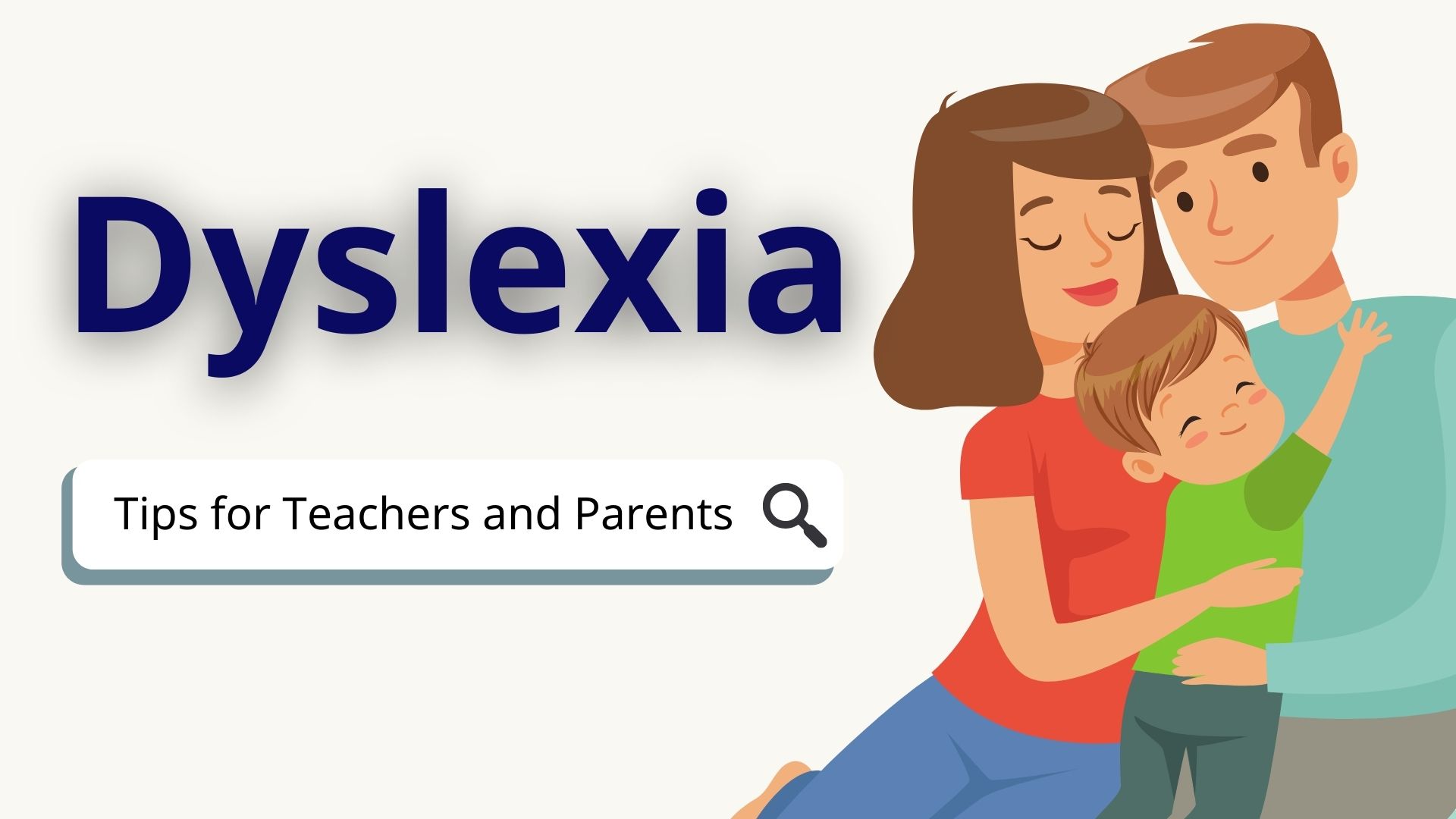
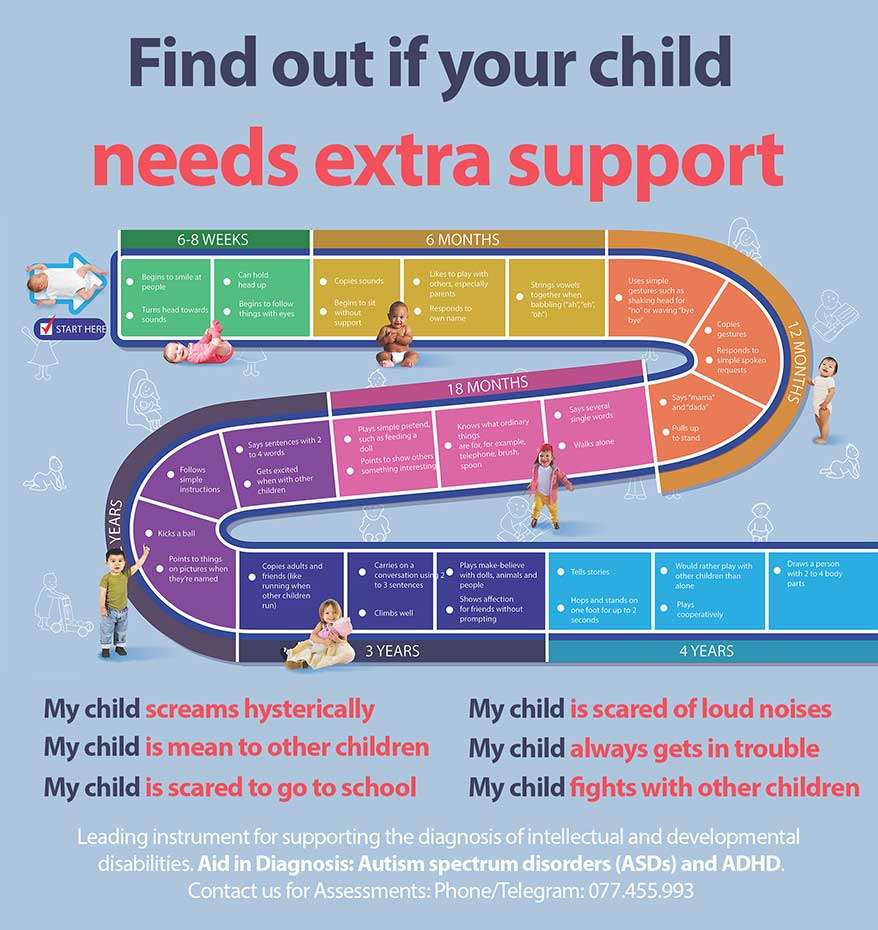

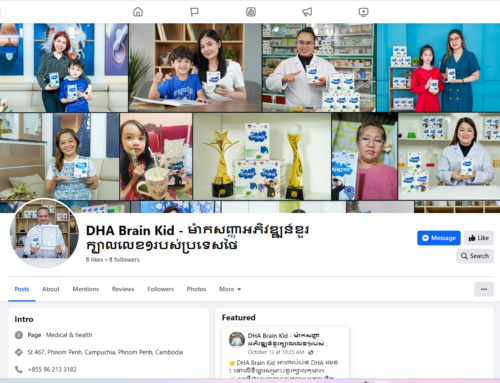


What an interesting post.
I learned more about dyslexia. Thanks!
My pleasure.
It’s interesting that you mention air writing. I have found this to be a fantastic way to memorise words and the shapes of letters in the Khmer language, imagining my index finger to be a pen (as opposed to the larger more exaggerated writing we might prompt a younger student to do). Air writing can be done while walking, sitting in the car, waiting at the airport, or whilst bored in a line for fast food. Once a word’s shape has been internalised, one can then visualise one’s self doing the air writing (without the accompanying hand movements).